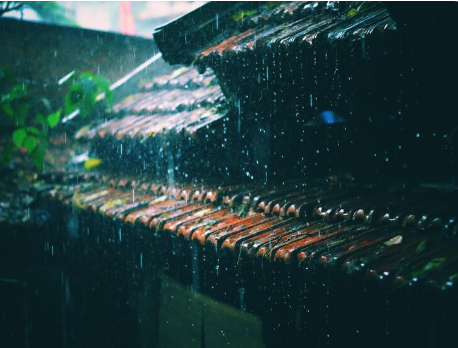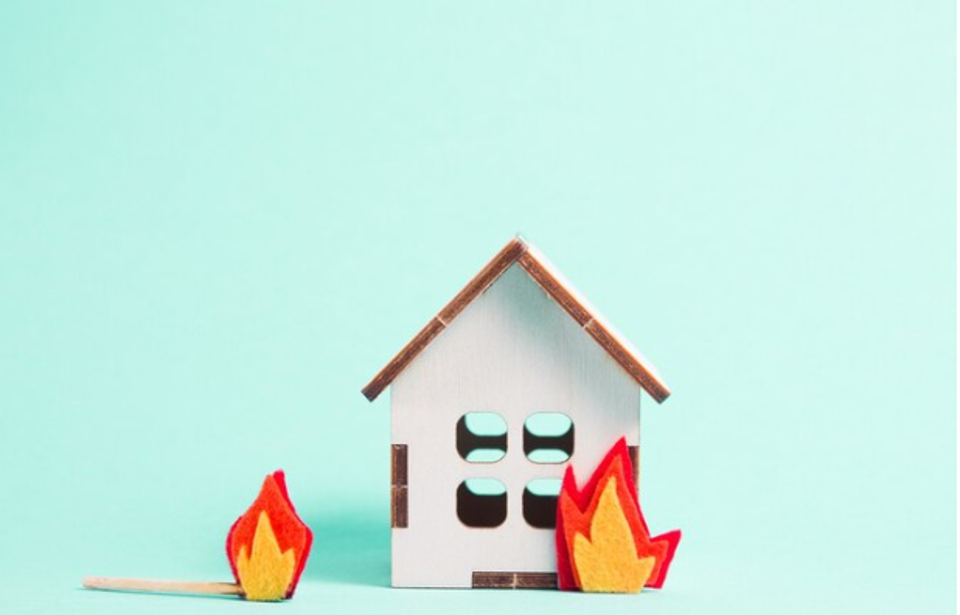Coverage for Roof Leaks from Heavy Rain
Coverage Determination Factors
Homeowners' insurance coverage for roof leaks from heavy rain depends primarily on what allowed the rain to enter your home. When rain enters through wind-damaged roofing—such as missing shingles, damaged flashing, or storm-created openings—the resulting water damage typically receives coverage under standard policies. This protection applies because the rain penetration resulted from covered wind damage rather than the rain itself. However, rain entering through pre-existing roof deterioration, poor maintenance, or gradual wear faces denial as excluded maintenance issues. The timing and causation of roof failure become crucial factors, with insurers distinguishing between sudden storm-related damage and gradual deterioration that allows rain penetration.
Exclusion Boundaries
Standard homeowners policies contain specific water damage exclusions that affect rain leak coverage. Rain entering through intact roofing due to overwhelmed gutters, poor drainage, or inadequate roof design may face exclusion as surface water or flood damage. Gradual rain penetration through deteriorated roofing materials typically receives denial as a maintenance issue rather than sudden accidental damage. Some policies exclude water damage from ice dams or the backing up of sewers and drains, which can be triggered during heavy rain events. Understanding these exclusion boundaries helps determine whether specific rain leak scenarios qualify for coverage under your particular policy terms.
Documentation Requirements
Successful rain leak claims require documentation linking the leak to covered damage rather than excluded maintenance issues. Photograph both interior water damage and exterior roof conditions showing storm-related damage like missing shingles, hail impacts, or wind damage that created leak entry points. Weather reports confirming severe weather events help establish causation for storm-related roof damage. Professional contractor assessments identifying specific damage that allowed rain entry provide valuable evidence supporting coverage arguments. Document any emergency repairs or mitigation efforts taken to prevent further damage, as these expenses often receive coverage when the underlying damage qualifies for protection.
Timing and Maintenance Considerations
Insurance companies scrutinize roof maintenance history when evaluating rain leak claims. Recent roof maintenance, inspections, and prompt repairs strengthen coverage positions by demonstrating responsible property ownership. Conversely, evidence of deferred maintenance, previous unreported leaks, or gradual roof deterioration can provide grounds for denial. The timing between severe weather events and leak discovery affects coverage determination—immediate leak development following storms typically receives favorable consideration, while delayed discovery raises questions about causation. Professional roof inspections before and after severe weather help establish condition baselines necessary for successful claims when sudden roof failures occur despite proper maintenance.






